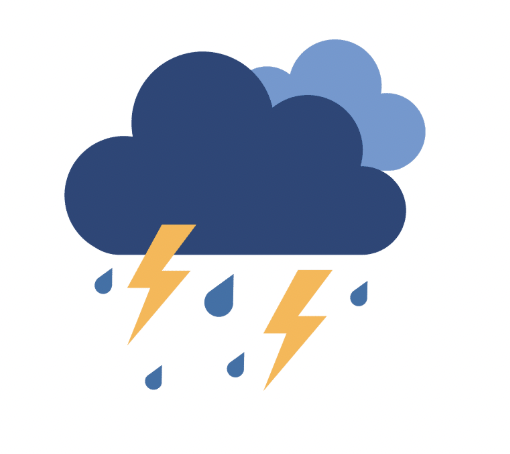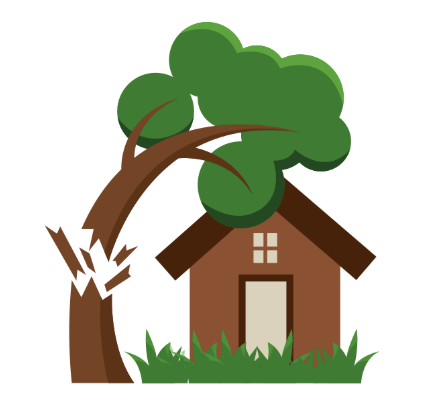While summer may be winding down, storm season isn’t over just yet. In fact, late summer and early fall often bring some of the most intense weather events of the year from pop-up thunderstorms and high winds to hailstorms and flash floods. And let’s not forget hurricane season, which runs through November in many parts of the country.
Before the next storm rolls through, now’s the perfect time to review your insurance coverage and make sure your home is protected from the most common types of storm damage.
Wind & Hail Damage
Wind and hail are among the top causes of homeowners insurance claims especially during late summer when strong storm systems are still active. August and September
What your homeowners policy typically covers:
- Roof damage caused by high winds or hail
- Siding or window damage from flying debris
- Detached structures like sheds or fences (depending on policy limits)
What to watch for:
- Separate wind/hail deductibles: These are often higher than your regular deductible. Know what yours is before a storm hits.
- Roof age restrictions: Some policies offer reduced coverage for older roofs or may only pay actual cash value instead of full replacement.
Bonus Tip:
If you’ve recently replaced your roof, let your agent know. It may qualify you for a discount and help avoid depreciation issues in a claim. 
Flooding
One of the biggest misconceptions in storm season? That homeowners insurance covers flooding. It doesn’t. Even a few inches of water can cause tens of thousands of dollars in damage and it’s up to you to carry separate flood insurance.
Flood insurance can cover:
- Structural damage from rising water
- Flooring, drywall, and electrical systems
- Personal belongings (depending on your policy)
Bonus tip:
You don’t need to live in a high-risk zone to experience flooding. Heavy rains, overflowing drains, and backed-up creeks can all cause unexpected water damage. And, flood insurance is often more affordable than people think, especially in lower-risk areas.
Tree Damage
Storms often knock down trees or large branches, raising questions like: Who’s responsible? What if it falls on your home or a neighbor’s? Depending on your coverage, you may have to pay out of pocket.
Generally covered under homeowners insurance:
- If a tree falls on your home or garage, your policy will cover removal and repairs
- If a neighbor’s tree falls on your home, your insurance usually pays (you may be reimbursed later if negligence is proven)
- If your tree falls but doesn’t damage anything, coverage for removal may be limited
Bonus tip:
Trim weak or overhanging limbs before storm season to reduce risk. Insurance may not cover damage from trees that were clearly dead or neglected.
Prepare for a Quick and Smooth Claims Process
You don’t want to be digging through your policy during a storm. Take steps now so you’re ready if damage occurs.
Pre-storm checklist:
- Review your policy and coverage limits with your agent
- Take photos or videos of your home and valuables for documentation
- Make sure you know your deductibles—especially for wind and hail
- Store your insurance provider’s contact info in your phone
Bonus tip:
Ask your agent about Loss of Use coverage, which can help pay for hotel stays or temporary housing if your home is unlivable after a storm.
Don’t Let the Next Storm Catch You Off Guard
Late-summer storms can strike with little warning, but your insurance coverage shouldn’t leave you guessing. The time to prepare is now.
We’re here to help you understand your policy, identify any gaps in coverage, and make sure you’re ready for whatever the weather brings!
